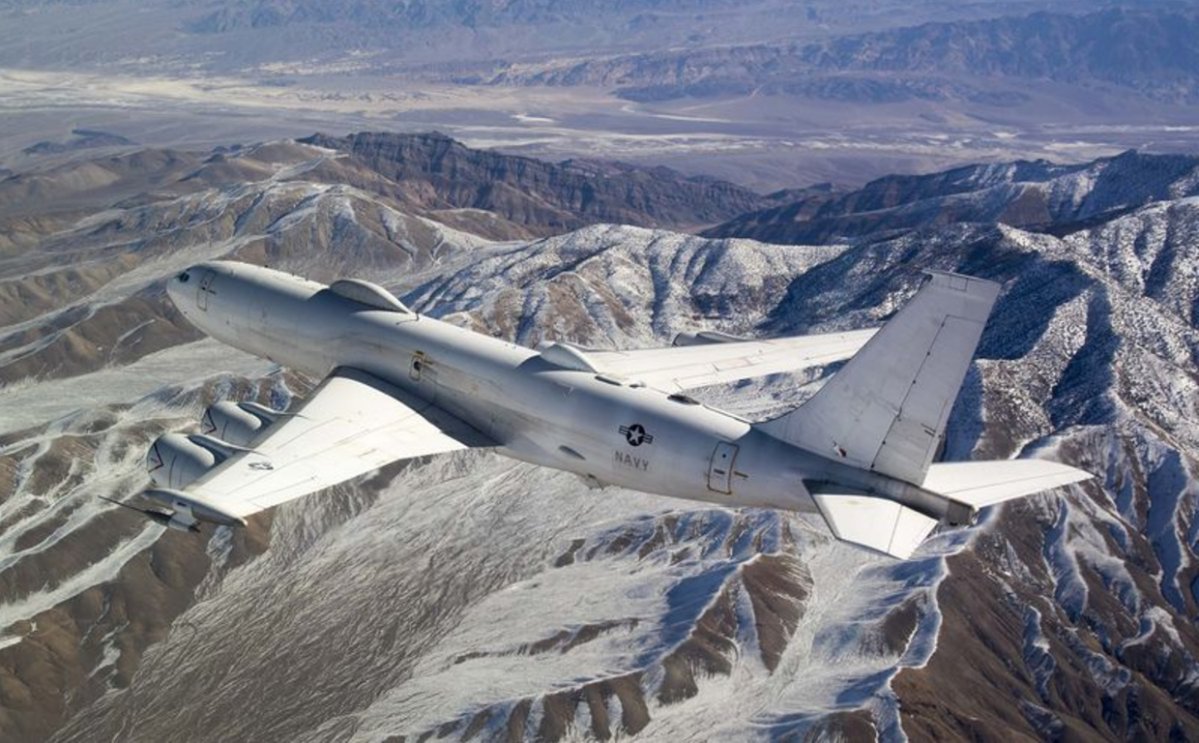The Navy’s “Doomsday Plane” meant to survive a nuclear attack was taken down by just a single bird earlier this month.

The E-6B Mercury suffered millions of dollars of damage after a bird was sucked into one of the aircraft’s four engines while doing a “touch and go” manoeuvre, Military.com reports.
The plane was attempting to land and immediately take off again from Patuxent River Naval Air station in Maryland on Oct. 2.
Tim Boulay, a spokesperson for the Naval Air Warfare Center Aircraft Division, confirmed the damages to the publication, adding that the aircraft landed safely after the bird strike around 3:12 p.m.
READ MORE: Isolated Dutch family emerges after 9 years waiting for ‘end of days’
Though no injuries were reported, the plane required significant repairs.
“The engine has been replaced and the aircraft has been returned to service,” Boulay said. The engine replacement, according to Military.com, would cost at least US$2 million.
When asked what kind of bird was involved, Boulay told the Navy Times: “We don’t know for sure.” He also said the incident is still under investigation.
- 2nd stowaway in a month caught on Delta Air Lines flight without a ticket
- 6,000 inmates escaped from a high-security prison in Mozambique. What to know
- Azerbaijan plane was hit from outside, possibly by weapon, minister says
- India alleges international students being trafficked through Canada to U.S.

The publication reports this event as one of five class-A mishaps involving a bird over the last decade. This includes another E-6B event in 2018, according to Safety Center data cited by the Navy Times.

Get daily National news
The US$141-million-dollar plane is the main aircraft part of the Navy’s “Take Charge and Move Out” mission.
According to a Navy fact sheet, the mission aircraft connects U.S. leaders to an arsenal of nuclear warheads ready to be delivered from land, air and sea in times of crisis.
A class-A mishap refers to anything resulting in more than US$2 million in damages, death or permanent disability.
READ MORE: South Korean ‘cult’ leader gets six years for beating followers in Fiji
Another such event occurred on Oct. 7 when a student naval aviator’s aircraft failed and caught fire mid-flight.
The pilot and instructor took off from Naval Air Station Kingsville, Texas, and planned to practice for one hour.
“They immediately executed emergency landing procedures per their training and landed safely at NALF Orange Grove,” Lt. Michelle Tucker, a spokesperson for the chief of Naval Air Training, told Military.com.
No one was injured and it’s still unknown what caused the engine malfunction.
—








Comments